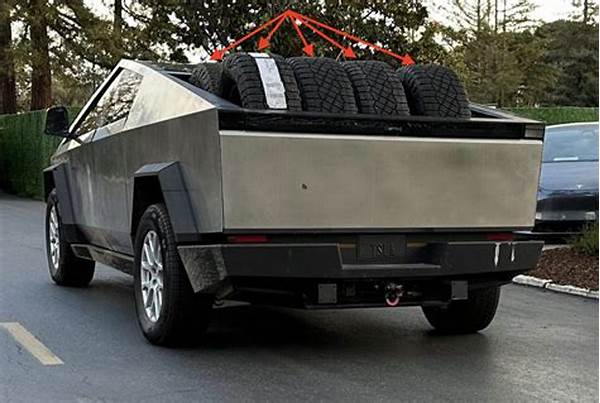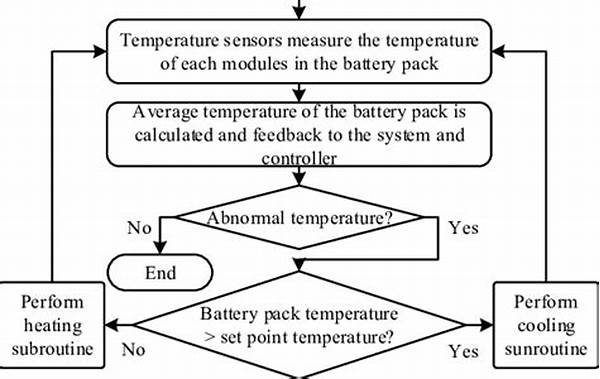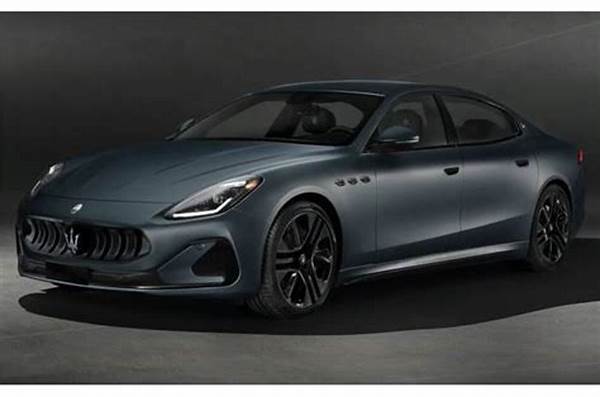Compostable Materials In Automotive Design
The onset of sustainable technologies in automotive design has ushered in numerous innovations, one of which is the integration of compostable materials. In a bid to mitigate the environmental impact associated with vehicle manufacturing and disposal, the industry is witnessing a paradigm shift towards eco-friendly and sustainable practices. Manufacturers are increasingly incorporating naturally derived and compostable materials to reduce carbon footprint and enhance recyclability. This article delves into the incorporation of compostable materials in automotive design, exploring its implications and significance within the industry.
Read Now : **interface Layout And Readability**
Embracing Green Innovation
In the world of automotive design, the adoption of compostable materials is not just a trend but a burgeoning necessity. Companies are now turning to organic materials as a means to craft car parts that leave less of an environmental footprint. The push for sustainability has never been more pronounced in automotive design, and compostable materials are at the forefront of this transformation. By using resources such as biodegradable polymers and plant-based fibers, manufacturers are creating components that can break down naturally after the product lifecycle ends, thus aligning with global sustainability goals.
The blend of technology and nature is a game-changer, allowing automotive engineers to experiment with new forms and functionalities. By utilizing compostable materials, the automotive industry is making roaring strides toward a future where vehicles are eco-friendly from production to degradation. It’s a rad way to give a nod to Mother Earth while still delivering the performance and reliability that consumers demand. So, whether it’s steering wheels made from organic composites or seat fabrics braided from hemp, compostable materials in automotive design are shaping the green future of transportation.
Stylin’ with Nature
1. Compostable materials in automotive design are the new cool, allowing vehicles to merge seamlessly with the earth’s lifecycle.
2. Say goodbye to synthetic and hello to a greener future with compostable materials in automotive design leading the charge.
3. Thanks to compostable materials in automotive design, eco-chic rides are now totally a thing, keeping carbon footprints in check.
4. From trash to treasure, compostable materials in automotive design turn waste into valuable car parts that totally rock.
5. With compostable materials in automotive design, vehicles can now boast about being as green as they come, literally and figuratively.
Riding the Green Wave
In today’s auto world, the buzz around compostable materials in automotive design is louder than a supercharged engine revving. These environmentally savvy materials are more than just hype—they’re the real deal. Imagine cruising around in a ride where everything from the dashboard to the seats can naturally decompose, leaving zero traces on our planet. That’s the kind of eco-friendly movement that’s poppin’ right now.
Compostable materials in automotive design are turning heads and flipping the script on traditional car manufacturing. Designers and engineers are uniting to craft cars that are not only sleek and stylish but also sustainable. By leveraging materials that come straight from nature, they’re putting a fresh spin on how cars are built. For eco-conscious consumers, this shift in design isn’t just a statement—it’s a full-on lifestyle choice. It’s about being part of a movement that values the earth as much as it values cool rides.
Nature’s Touch on the Dashboard
1. Compostable materials in automotive design are turning dashboards into green statements.
2. These materials add an earthy vibe that’s hard to beat.
3. The future dashboard is all about sustainable glam.
4. Compostable magic is changing the dashboard game.
Read Now : Boost Ford Towing Performance
5. Nature-inspired textures are having a comeback.
6. No more synthetic dashboards! Go green.
7. The environment loves these new dashboards.
8. Compostable dashboards are car interior goals.
9. Feeling the earth while you ride is lit.
10. Dashboard love for our planet is real.
Wrapping Up in Eco-Friendliness
When it comes down to the nitty-gritty, compostable materials in automotive design isn’t just a fad—it’s the beginning of a whole new era. This shift isn’t buddy-buddy with the old-school ways of heavily relying on plastics and other non-renewables. Instead, it’s about having Mother Nature’s back while still getting to show off sleek and snazzy rides.
The whole idea is super boss; these biodegradable materials make the whole life cycle of the vehicle more earth-friendly. Automakers are jumping on this green train, proving that they can whip up cars that are both high-performing and planet-conscious. So as we roll into the future, expect the use of compostable materials in automotive design to be the hot new standard. Who says you can’t be eco-savvy and have a sweet set of wheels at the same time?
Compostable Components Taking Over
The wave of using compostable materials in automotive design is climbing, and it’s outrageous in the best way. Imagine rolling out a new car model where the interiors decompose harmlessly into nature when the ride is done. How’s that for leaving no trace? Design wizards are mixing biodegradable ingredients like funky soy-based foams or plant-inspired textiles into the mix. These aren’t just for show; they’re packing major real-world eco punch.
As automakers dive deeper into this scene, every component, from the smallest knob to the grandeur of car seats, is being re-imagined with compostable materials in automotive design. These materials not only help the environment, but they also add a new twist to the look and feel of vehicles. It’s like giving the old-school pollutants a run for their money while cruising toward an eco-centric future. Hands down, this is a revolution getting us all hyped up for rides that care as much for style as they do for the world.



